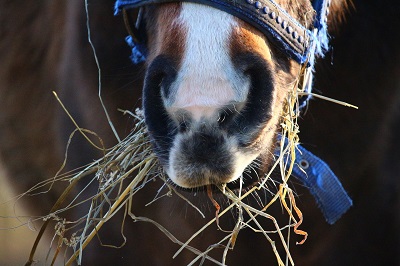Published 7th March 2018

As humans we’re constantly being told that foods such as blueberries, broccoli and quinoa are ‘super foods’ meaning that they contain a dense concentration of healthy properties in comparison to other foods. But what about SUPER FIBRES when it comes to our horses food? What does this actually mean?
Essentially, Super Fibres are products such as beet pulp and soyhulls which have been shown to be more digestible than hay and chaff. The benefit of this is that they are excellent sources of digestible energy and ultimately provide higher nutritional value to your horse.
It’s also been noted that by adding super fibres to your horse’s diet, it could help improve the digestibility of other fibre sources such as hay or haylage. So by feeding a super fibre, it could help your horse’s digestive system make the most of the rest of their daily fibre.
What’s the downside to this? Due to their highly digestible nature, it is advised that you feed in smaller amounts than your general chaff. In some cases, chaff manufacturers advise that a 500kg horse in medium work can need at least 6.25 stubb scoops of chaff per day to maintain condition. This is not the same when it comes to super fibres and therefore will significantly reduce the portion size you’re giving to your horse.
Should I start feeding this to my horse? As with any change in your horse’s diet, thorough research is advised. While the science supports the use of super fibres, the effectiveness of this can vary depending on the health of the microbial population of your horse’s hindgut. Microbes can be adversely effected by poor diet and antibiotics. If this is the case, it may take a little longer to see any benefit from feeding super fibres.
To speak to one of our feed experts contact advice@equifeast.com or call 01453 836974
For further information on Super Fibres, please take a look at the following article:
